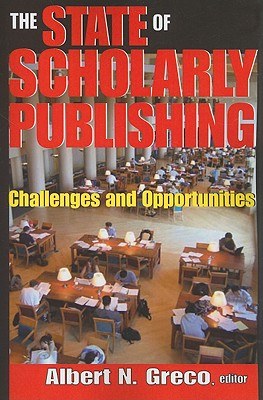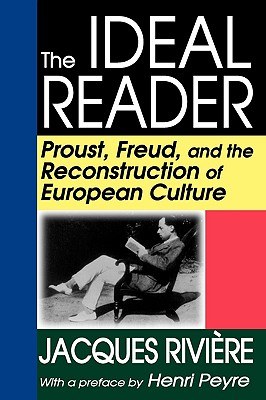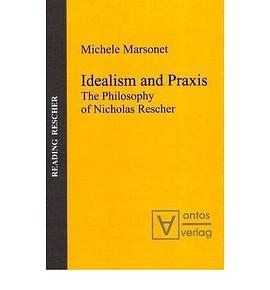

具体描述
In this sequel to his widely praised classic study of The Stationary Economy, Nobel Prize winning economist J. E. Meade continues his systematic treatment of the entire field of economic analysis. He uses a series of simplified models designed to show the interconnections between various specialist fields of economic theory. The Growing Economy departs from the position of static equilibrium Meade assumes in The Stationary Economy. Here he deals with equilibrium growth. Meade introduces capital goods and allows for growth through capital accumulation, population expansion, and technical progress. He still assumes perfect competition and the absence of indivisibilities, so that there are constant returns to scale in the productive system and a given set of consistent and independent preferences for each consumer. In this volume, an attempt is made to discuss the theory of economic growth with a minimum of mathematical analysis. In the main text no differential or integral calculus is employed; such mathematical techniques are used (sparingly) only in footnotes and appendices, which the general reader may avoid. Meadeas treatise offers students and specialists alike a general survey of theory in a form that is assessable even for those with little mathematical training. He takes into account the dynamics of trade, increased demand, and new technology and their impact on growth. This book carries the discussion a long way from the harmonious quiet of the abstract model to the untidy, real world.
作者简介
目录信息
读后感
评分
评分
评分
评分
用户评价
相关图书
本站所有内容均为互联网搜索引擎提供的公开搜索信息,本站不存储任何数据与内容,任何内容与数据均与本站无关,如有需要请联系相关搜索引擎包括但不限于百度,google,bing,sogou 等
© 2025 book.wenda123.org All Rights Reserved. 图书目录大全 版权所有




















